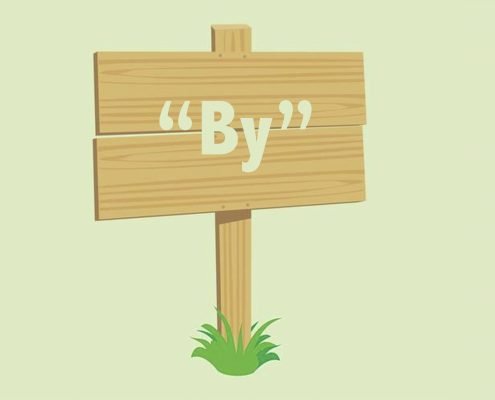As promised, this week we will be exploring the saying ‘three sheets to the wind’. The UK was a seafaring nation and is still very proud of her nautical heritage. Life at sea was very dangerous and hard work, so sailors would often enjoy a few alcoholic drinks when they got home, and sometimes when they were sailing the high seas.
‘Sheets’ was another word used for ‘ropes’. Before we had steam or diesel ships they were powered by the wind. Boats would have a number of huge sails that would need to be fastened correctly to move the ship, and steer the ship. Most sails would have four corners – so four ropes.
If a sheet/rope was not fastened properly and left ‘to the wind’ then the ship would sail off-course, and the sail would wobble. The ship would move like a drunk person. ‘Sheets to the wind’ became a sort of barometer of drunkenness. However, we don’t really use one, two or four ‘sheets to the wind’ in contemporary language.
The term ‘three sheets to the wind’ is still used today to describe someone who is drunk, but not so drunk that they have totally lost control.
Some examples:
- ‘When I met up with my Uncle at the pub last week he was already ‘three sheets to the wind’ when I got there!’
- ‘I’m worried about Dave… I saw him this morning at 11am and he was already ‘three sheets to the wind’… I think he needs to talk to someone about his drinking.’
- ‘If you have another glass of that rum you’ll be ‘three sheets to the wind’… we need to wake-up early tomorrow morning for tennis practice!’
Like most sayings, in 2023 ‘three sheets to the wind’ is not really used by younger people/Generation Z. More generic descriptions like ‘smashed’, ‘wrecked’ or ‘hammered’ are used to describe an inebriated state.
Written by Keith Kinsella, tutor at The Harrogate International Academy











